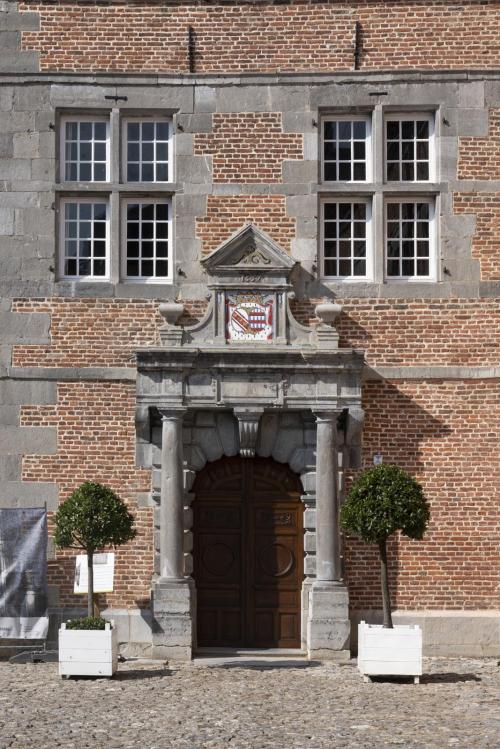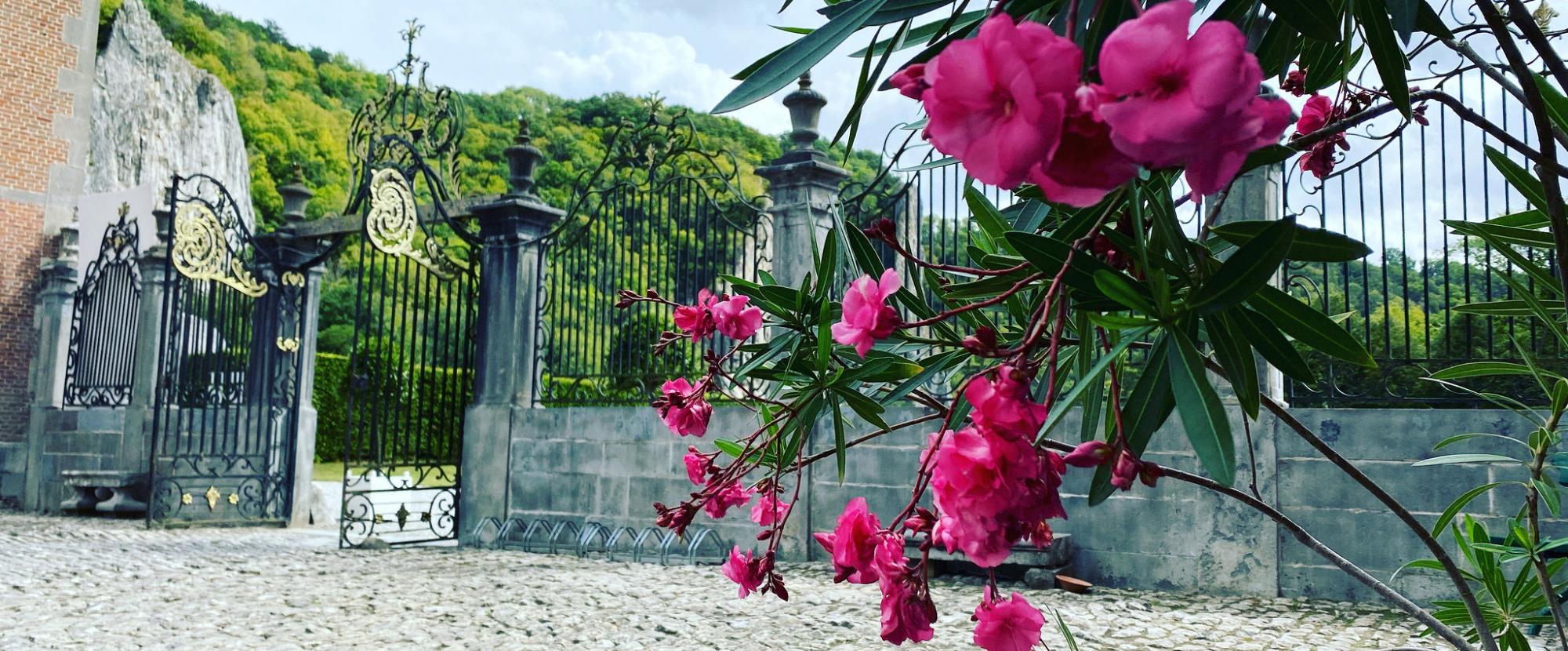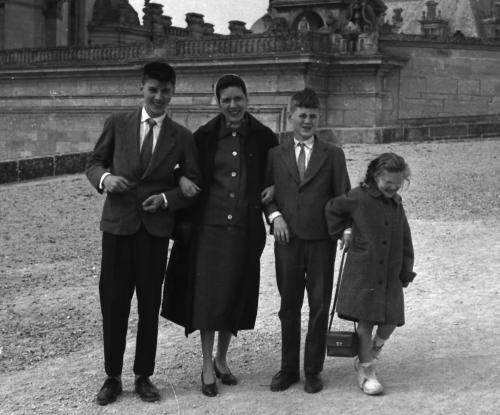History
AFTER THE STORM, THE CALM
Having initially eluded the Franco-Spanish wars, in 1554 the valley of the Meuse was occupied by French troops. Many of the Mosan fortresses were ravaged by the artillery of the Duke of Nevers. Freÿr, however, was reborn from its ashes thanks to Guillaume de Beaufort-Spontin, who built a manor there in 1571. The manor was enlarged under Hubert de Spontin as a four-sided building flanked by towers that were at too weak an angle to be defensive, but then defence was no longer the building’s vocation. From 1637, Freÿr became a Renaissance-style mansion. And this is what it still is today.
WAR, PEACE … AND COFFEE!
In the 17th century, the regions that today constitute Belgium became the battlefield of Europe. France, Spain, Austria, England and the United Provinces (of the Netherlands) clashed, notably in what is known as the ‘Dutch War’. Over the following decades, the Spontin family grew wealthy and powerful and they adopted the name of Beaufort-Spontin.
It was at the château, in 1675, that the French and the Spanish negotiated the Treaty of Freÿr, which re-established trade on the Meuse (necessary to provide supplies to their respective troops). The treaty was also called ‘the Coffee Treaty’ because it was here that the first cup of this drink was tasted in Wallonia.

A DUKE’S RESIDENCE
Following the 1758 rupture of the alliances, there was a period of peace and prosperity. Under the stewardship of Frédéric-Auguste de Beaufort-Spontin, whom Emperor Joseph II had made a duke, the château was redesigned to become a residence that befitted his rank. It was the zenith of Freÿr.

THE 1789 EXPLOSIONS
The years following the French Revolution were troubled. Freÿr suddenly became part of the Sambre-et-Meuse département and thus of France. This was followed by the Napoleonic wars and the tragic and theatrical fall of Waterloo and the retreat of the troops. Freÿr was subject to the passage of Grouchy’s troops, followed by the Russians and the Prussians “who drink wine, eat and treat us badly” lamented the château’s housekeeper.
THE TWO WORLD WARS
After Waterloo, Freÿr enjoyed a century of peace. However, in 1914, the French troops who had come as conquerors a century earlier arrived again, but this time as defenders. The troops stationed at the château were fired on by the German artillery. The château was turned into a German military hospital, but this also saved it from the depredation that so severely affected the nearby town of Dinant.

Post-War
Under the stewardship of Francis Bonaert, the husband of Gilda de Laubespin, Freÿr benefitted from several periods of restoration. Many buildings in the region were too costly to save and lacked the 20th century norms of comfort, so they were neglected or even abandoned by their owners. The Freÿr estate (both the château and its gardens), on the other hand, were patiently maintained and renovated. The gates to the château were opened to the general public at the end of the 1940s.
